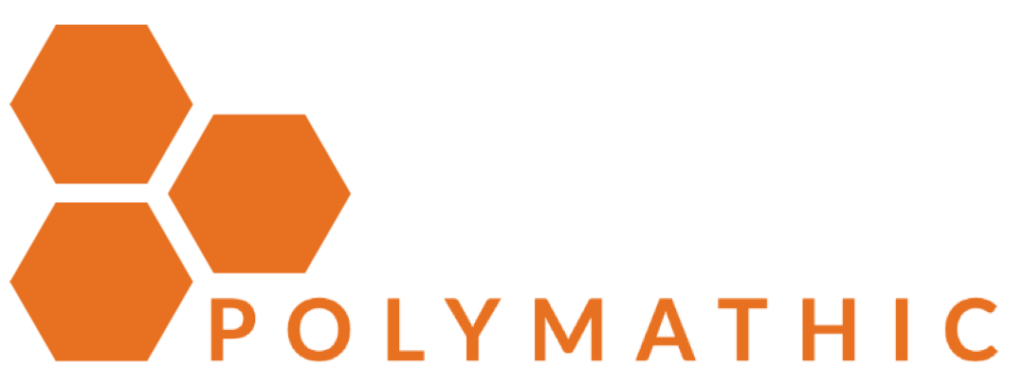Academic Marketing: The Overlooked Imperative

Marketing is a dominant force in nearly every industry, shaping consumer behavior, driving engagement, and defining brand perception. Yet, in academia, marketing remains an underdeveloped and often misunderstood function. Institutions market themselves, albeit indirectly, but rarely do they engage in the kind of targeted, strategic marketing seen in the corporate world. Academic marketing is not simply another term for college marketing, which often refers to promotional efforts directed at students through non-traditional tactics like on-campus events and giveaways. Nor is it limited to university branding, media appearances, or fundraising campaigns. Instead, academic marketing should be understood as a systematic approach to communicating the value of higher education programs, research initiatives, and intellectual contributions to relevant audiences.
The State of Academic Marketing Today
Universities and colleges invest in branding—logos, mission statements, and media engagement—to bolster their public image. The U.S. News & World Report rankings remain a focal point, influencing institutional decisions in ways that sometimes seem more performative than substantive. Schools also engage in direct marketing to prospective students via standardized test score databases. Yet, despite these efforts, academic marketing is often vague, reactive, and primarily focused on reputation management rather than audience engagement.
Unlike businesses that constantly refine their messaging to resonate with target demographics, academic institutions tend to rely on prestige and tradition as substitutes for meaningful communication. The result is an overemphasis on institutional branding and an underinvestment in direct engagement with potential students, faculty, donors, and the broader intellectual community.
The Core Failures of Academic Marketing
At its core, academic marketing lacks three critical elements: a clear understanding of audience, an emphasis on motivation to action, and a commitment to directness. These deficiencies limit the effectiveness of university communications and hinder their ability to influence decision-making among key stakeholders.
Audience: The Missing Link in Academic Messaging
One of the fundamental weaknesses in academic marketing is a failure to understand and segment audiences effectively. Universities often communicate in broad, unfocused terms rather than crafting tailored messages for specific stakeholders. A philosophy department, for instance, might seek to improve student recruitment, yet it fails to consider that its primary audiences include not just potential students but also their parents, high school counselors, and alumni. Instead of creating targeted outreach strategies, institutions often rely on generic messaging that fails to engage any particular group meaningfully.
Modern marketing techniques emphasize audience segmentation and data-driven personalization. Universities must adopt these strategies to refine their outreach efforts. This includes leveraging digital marketing tools such as behavioral analytics, targeted email campaigns, and social media engagement to connect with prospective students and donors in a more precise and meaningful way.
Motivation to Action: The Forgotten Goal
Marketing is ultimately about prompting action. Successful campaigns inspire audiences to engage, whether that means applying to a program, attending an event, or making a donation. However, academic marketing often falls short in this area.
Consider the typical departmental newsletter—a yearly publication filled with faculty achievements and research highlights. While informative, these communications often lack a clear call to action. What does the institution want the recipient to do? Visit a website? Apply to a program? Attend an event? Without explicit direction, the effectiveness of such communications is severely diminished.
By contrast, alumni fundraising campaigns provide a rare example of effective academic marketing. These efforts include direct appeals, clear messaging, and specific actions, such as donating to a particular fund or attending a gala. Academic marketing should apply the same principles across all areas of outreach, ensuring that every communication serves a defined purpose.
Directness: The Power of Clarity and Precision
Academic marketing suffers from an overreliance on indirect communication. Universities often speak in abstract, aspirational terms rather than addressing specific needs or providing concrete reasons to act. While high-level branding has its place, it cannot replace direct engagement.
Take, for example, university recruitment efforts. Instead of broadly promoting "academic excellence," institutions should highlight tangible benefits: small class sizes, internship opportunities, faculty mentorship programs, and career placement success rates. Similarly, academic research marketing should move beyond institutional prestige and instead emphasize real-world applications, funding opportunities, and interdisciplinary collaborations.
The importance of directness is well illustrated by a simple principle in CPR training: When seeking help, you don’t say, "Someone call 911!"—you point to a specific person and say, "You call 911!" This approach ensures action. Academic marketing must adopt the same level of clarity and intentionality.
The Path Forward: Rethinking Academic Marketing for the Modern Era
For academic marketing to be effective, institutions must embrace a shift in mindset. Marketing is not a necessary evil or a superficial exercise; it is an essential tool for conveying value, building trust, and driving engagement. To achieve this, universities should:
-
Invest in audience research to understand who they are trying to reach and how best to communicate with them.
-
Adopt digital marketing strategies such as SEO, content marketing, and personalized outreach to engage prospective students, faculty, and donors more effectively.
-
Develop clear, action-oriented messaging that moves beyond institutional prestige and speaks directly to the needs and concerns of specific audiences.
-
Emphasize storytelling and impact-driven narratives to showcase the relevance of academic work in ways that resonate with non-academic stakeholders.
-
Measure and refine marketing efforts using data analytics to track engagement and optimize future campaigns.
Academic institutions face growing competition—not just from peer institutions but also from alternative education models, online courses, and industry-driven learning initiatives. To remain relevant, they must embrace modern marketing principles and move beyond passive reputation management. The academic world excels at intellectual rigor and critical thinking; it is time to apply those same principles to the way it communicates its value to the world.
